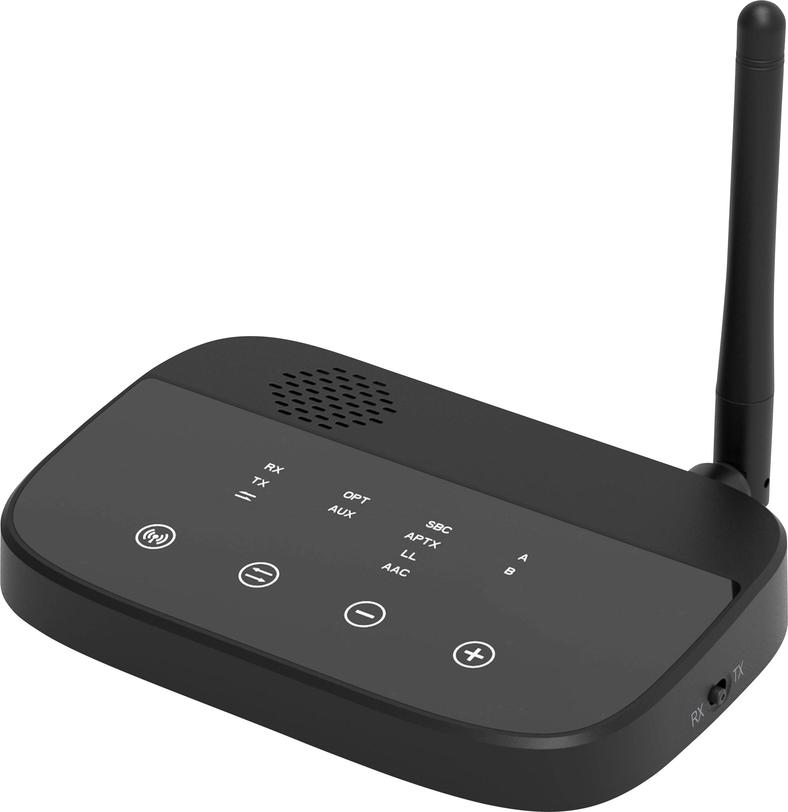Bluetooth Repeater
Chapter 1 Introduction
This document describes the functionality of the BT Repeater. The BT Repeater is a
variant of the standard Serial Port Adapter (SPA) that implements transparent data
transfer between two Bluetooth connections. It is configured, using AT commands,
in exactly the same way as the standard Serial Port Adapter. The BT Repeater
firmware is available for the following products:
• cB-OEMSPA311
• cB-OEMSPA331
• cB-OEMSPA312
• cB-OEMSPA332
1.1 Related Documents
The Serial Port Adapter AT Commands document, contains a description of the AT commands supported in the standard Serial Port Adapter. It
also contains information on how to use the AT commands to create Bluetooth applications. The command line format and data types used for the
AT commands are defined in this document.

OEM Serial Port Adapter Electrical & Mechanical Datasheet
Chapter 2 Functional description
The Bluetooth Repeater is a variant of the standard SPA that implements transparent data transfer between two Bluetooth connections instead of transparent data transfer between the serial port and a Bluetooth connection. Hence, it is possible to extend range or communicate between otherwise difficult locations. It is configured using the same AT commands as for the standard Serial Port Adapter (see Serial Port Adapter AT Commands document). Typically it is pre-configured once using a wizard or AT commands, and then mounted and used for transparent data transfer. 0f course it is also possible to use it more dynamically and/or to re-configure it over air.
Figure 1 The Bluetooth Repeater implements transparent data transfer between two Bluetooth connections. It is configured using the same AT commands as the standard Serial Port Adapter.
2.1 Default Configuration
The default configuration is slightly different from the standard Serial Port Adapter.
1. “Wireless Multidrop” is enabled since the repeater transfers data between two Bluetooth connections. In fact, this cannot be changed.
2. “Master/Slave Policy” is configured to be “always master” to get a piconet instead of a scatternet. See Section 2.2 regarding performance of scatternet.
3. The default name is changed from “Bluetooth Device” to “Bluetooth Repeater”.
This means that the repeater is configured as an SPP server and that any two SPP clients can connect to the repeater and start transmitting data through the repeater. Of course, the configuration of the repeater can be changed to setup one or both connections from the repeater. A typical use case is when a client connects to the repeater and the repeater connects to a server (configured as a remote peer in the repeater).
2.2 Performance
The performance is very much dependent on the application protocol and module configuration as well as radio environment and distances. Therefore it is very difficult to say anything regarding general performance. The following sub-sections are considered to point out roughly what can be expected. It may, in fact, be quite different for some application scenarios.
Piconet / Scatternet The default configuration causes the Bluetooth Repeater to try to become master for both the Bluetooth connections. This means that it will request for a master/slave switch when a client initiates a connection. However, it is possible that the Bluetooth Repeater acts as the master for one connection and as the slave for another connection. It is then part of a scatternet instead of a piconet. This is not recommended since both performance and stability decreases. Typically, if the “Master/Slave” policy is configured to “do not care” instead of “always master” this may happen. It may also happen anyway if there is a client that initiates the connection to the Bluetooth Repeater and then the client refuses to perform a Master/Slave switch (normally not the case). Throughput The throughput, when using the repeater for baud rates up to 115.2 kbits/s, is normally ~90% of the maximum (~103 kbits/s). Note that it is not affected by the baud rate of the repeater but of the modules connected to the repeater. For a baud rate of 230.4 kbits/s, the throughput can be expected to increase to ~50- 60% of the maximum (~115.2-138 kbits/s).
Latency To get short latency, the module should be configured using the link policy AT command. If the link policy is set to minimize latency and to use DM1 packets (link policy 10), the repeater will typically add another 2-4 ms to a delay of normally 5- 10 ms for an 8 byte data packet. See the AT command specification for details on the link policy command (AT*AMLP). Also note that the configuration must be correct on all participants to achieve the shortest latency.
